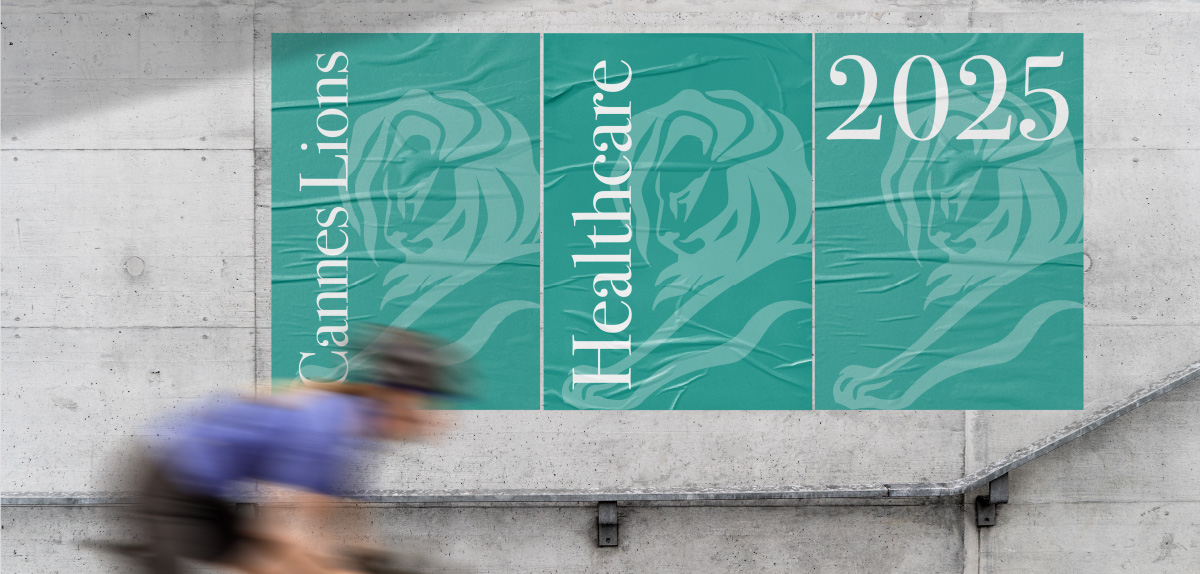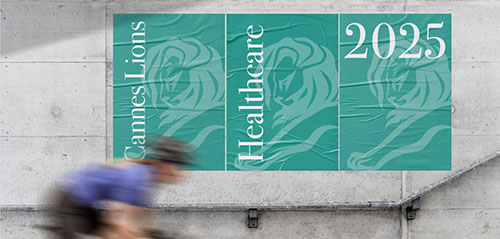
How to be a Lion in healthcare marketing
3 lessons from the winners at Cannes
As any observer of the healthcare industry will tell you, healthcare marketers tend to follow tried-and-true prescriptions for success. But not always.
Among this year’s Cannes winners in healthcare, there was clearly a desire to challenge the status quo – to question what the medical establishment says, what society deems acceptable, even what our own eyes tell us.
Here are three compelling strategies that this year’s winners used to capture attention:
1. Unrig the rules
Sometimes it’s the system that needs changing. While health equity has shined a light on certain biases in healthcare – usually in a very rigid, academic way – Idomed’s Nigrum Corpus campaign, the Industry Craft Grand Prix winner, took a different approach.
Seeking to show us rather than tell us the moral of the story, the campaign highlighted racial bias by creating a fictional medical textbook. Inside: anatomical illustrations of black figures rather than the typical white ones, eye-opening interactive features, and content on 20 made-up diseases illuminating inequalities black patients face, such as a colorblindness where doctors only see white. Not only did the campaign get the attention of the Brazilian Minister of Health, it made an impact on medical institutions throughout the country.
In a similar vein, three other Gold Lion winners in healthcare took on some different injustices, revealing the bias toward men in scientific research, the outsize impact of zip code on life expectancy, and the everyday difficulties the disabled face (as conveyed through immersive OOH installations in a busy UK train station and other locations).
2. Disarm with humor
Hey, did you hear the one about the guy with herpes? Probably not. And for good reason. Herpes just isn’t very funny, which is probably why this next award-winning campaign worked so well.
In hopes of destigmatizing herpes so people would be more open about it and seek treatment, the New Zealand Herpes Foundation arrived at a humorous solution: create education aiming at making New Zealand “the best place in the world to have herpes.” With its disarming, tongue-in-cheek humor, the campaign helped overcome feelings of fear, shame and depression, vaulting New Zealand to the top of a global leaderboard measuring comfort with discussing the illness. All told, it was good enough for a Cannes Grand Prix for Good.
3. Disguise your demo
Let’s face it: demos can be dull. Which is why it helps if you don’t feel like you’re watching one. Two Cannes Gold winners understood this lesson especially well. First, Apple subtly revealed the hearing aid capabilities of its AirPods Pro headphones, wrapping the benefits in imaginative storytelling about a dad hearing his daughter clearly for the first time. With over one billion views, it’s Apple’s most viewed holiday ad ever and it sparked the highest search interest for “hearing aids” in history.
In another compelling campaign, 1001 Optometry used AI to help turn its advertising into on-the-spot eye exams, with images in the ads revealing hidden messages you can only see if your vision is poor.
A banner year for healthcare marketing
In reviewing this year’s work, we had two big takeaways: 1) our perception of New Zealand as a wholesome land of sheep and kiwis is a little outdated; and 2) some very daring, innovative and important work is being done in healthcare marketing. We hope you’re as inspired as we are.


 See what they have to say
See what they have to say